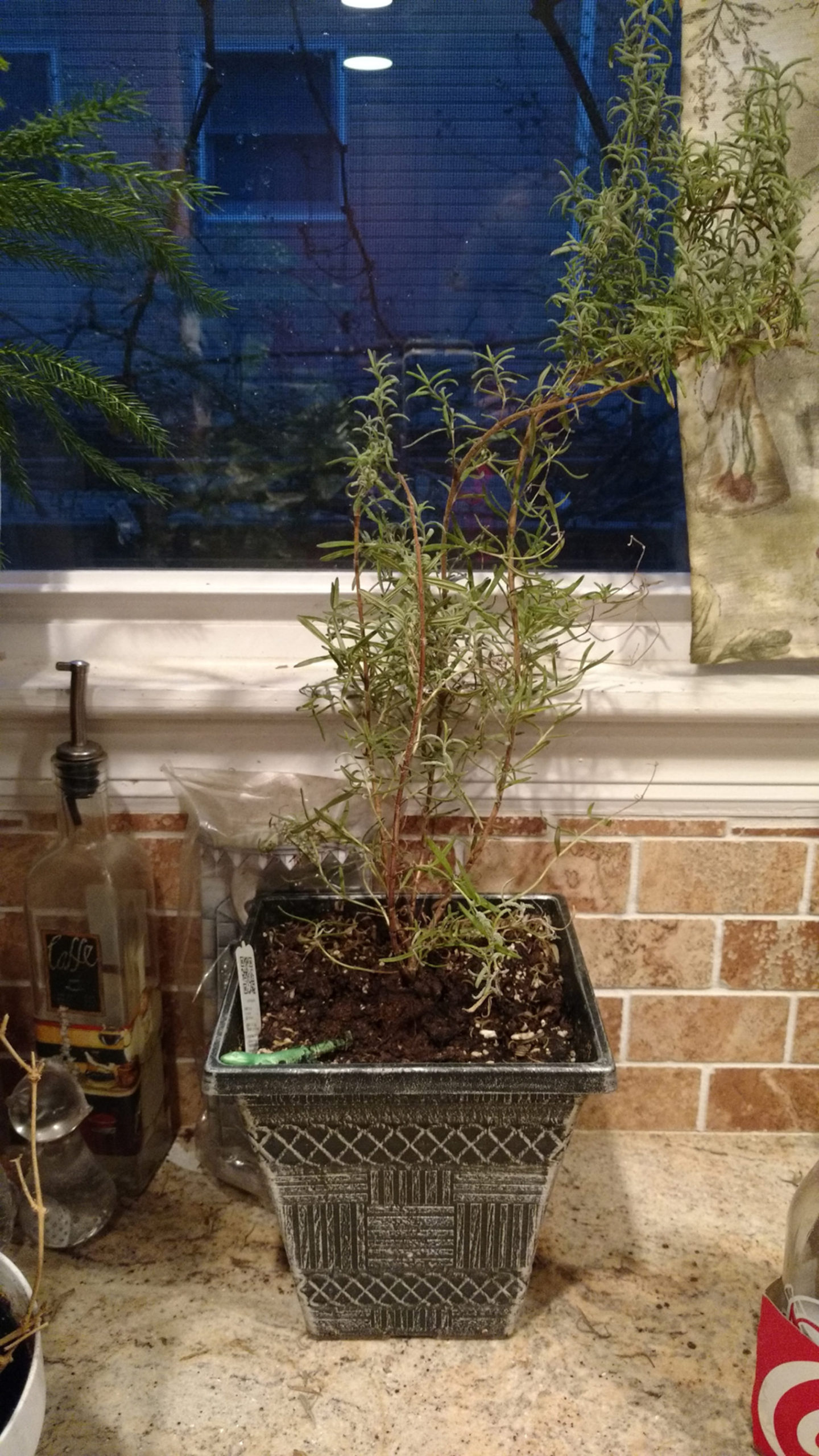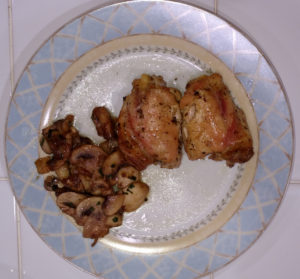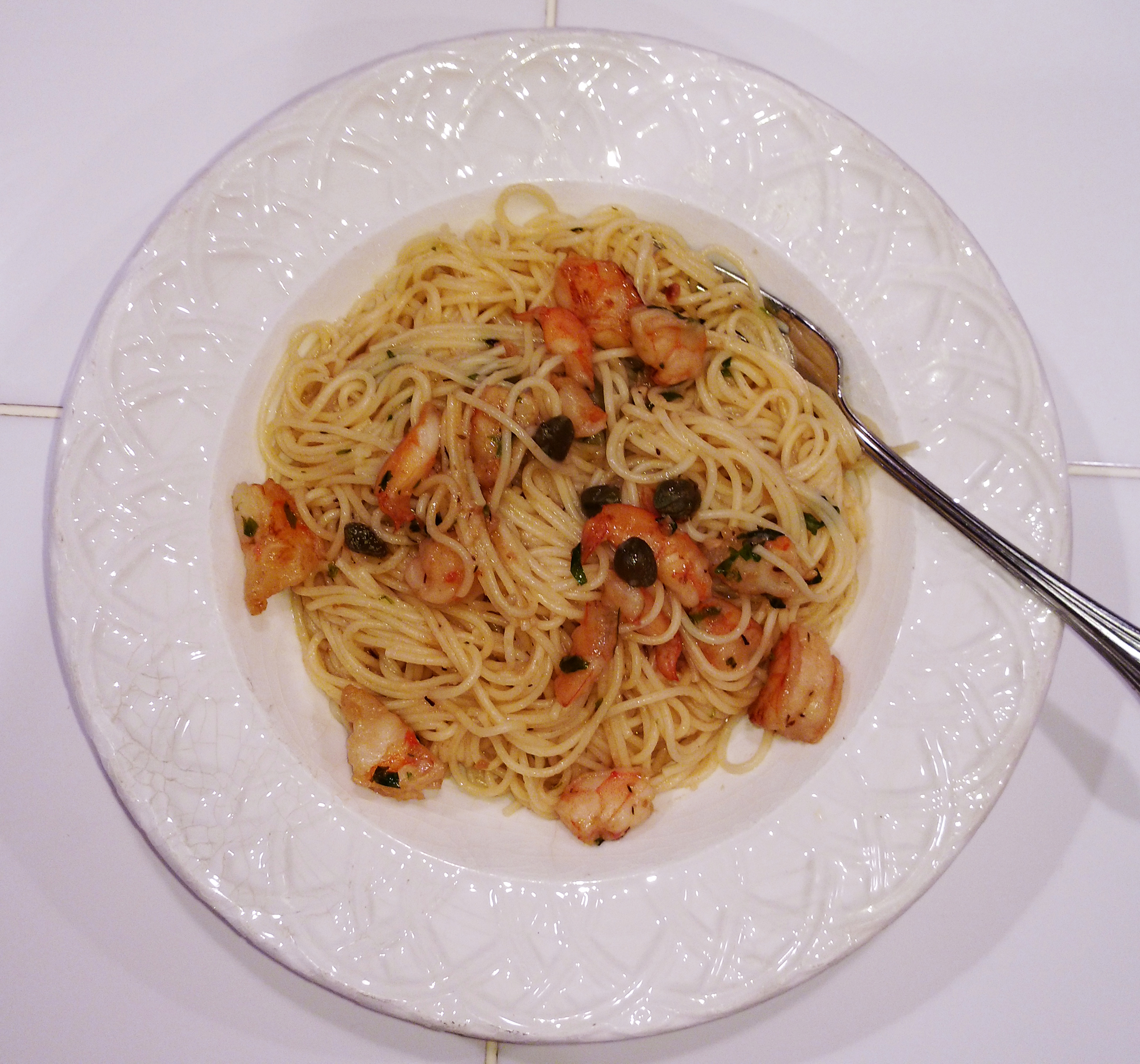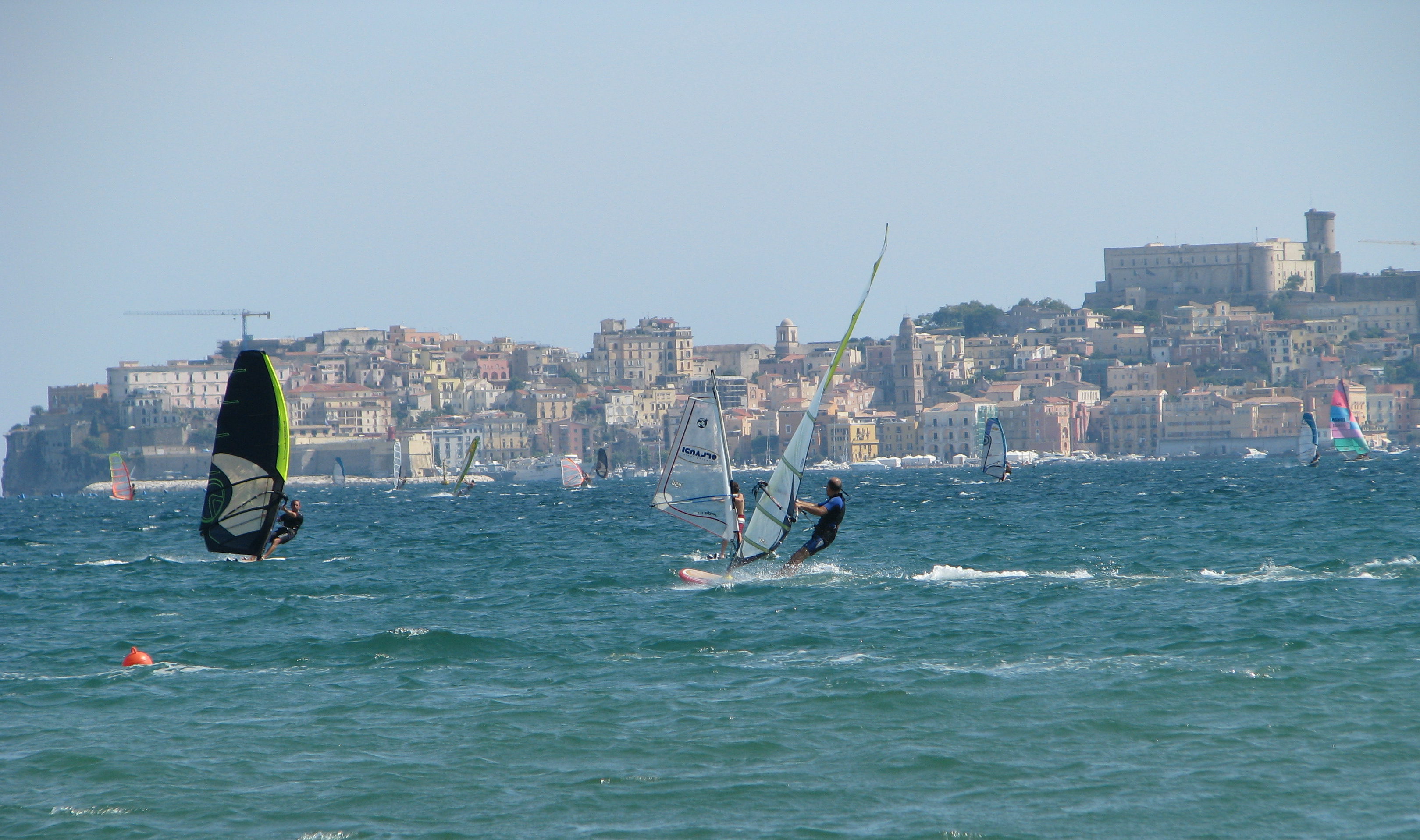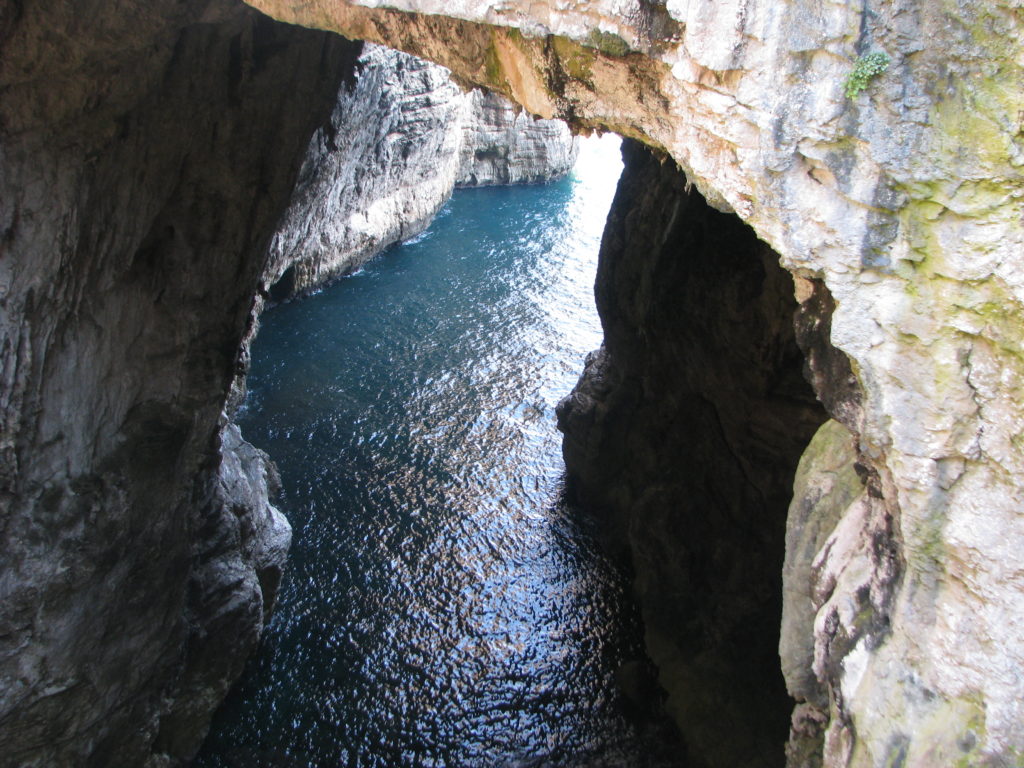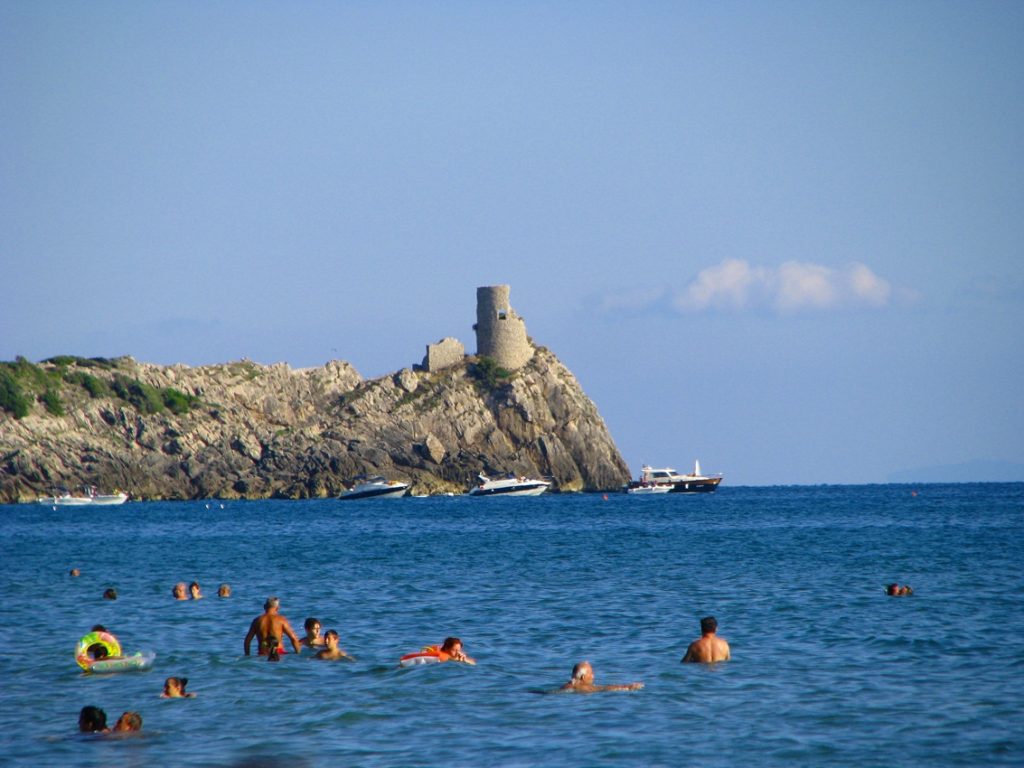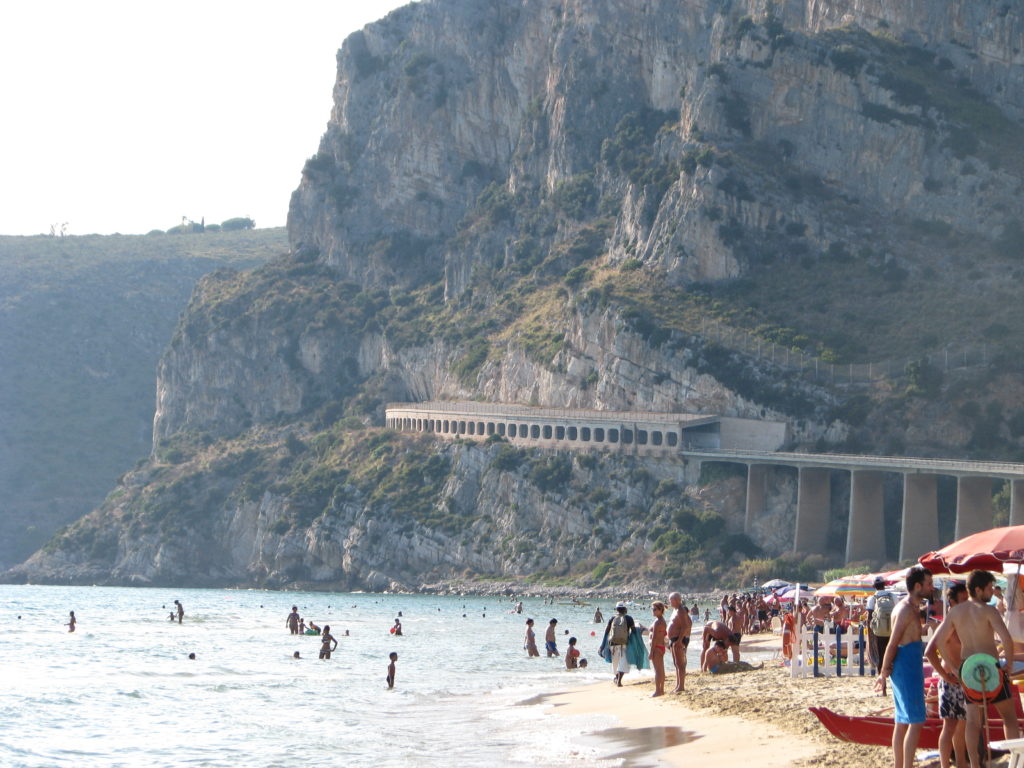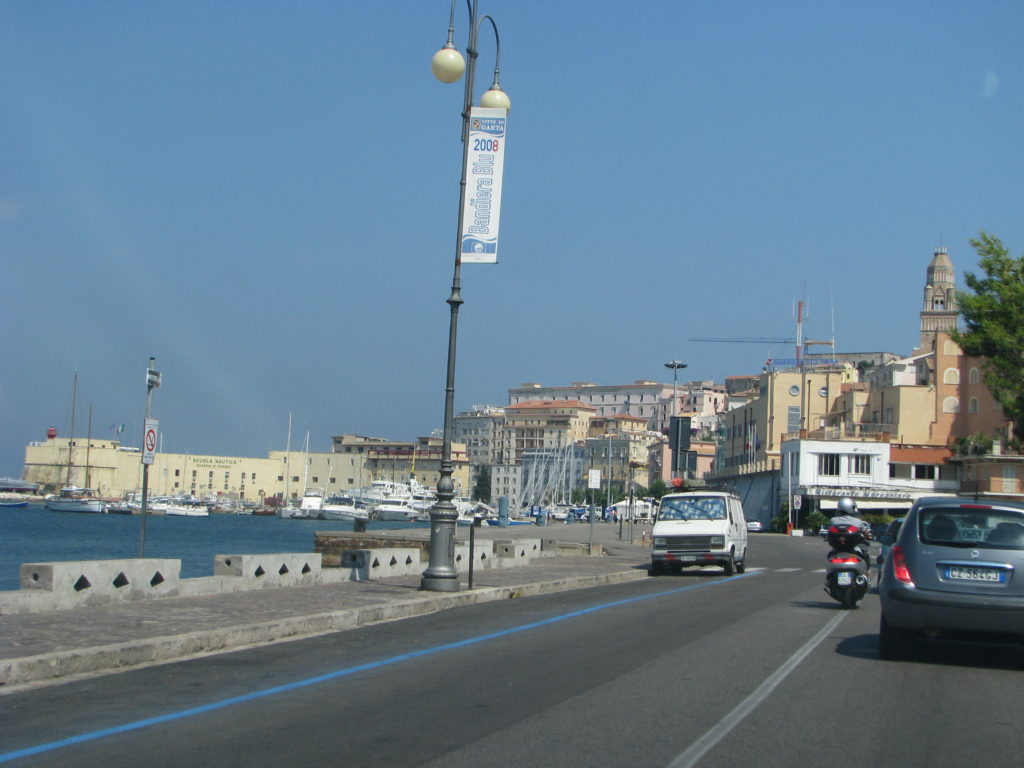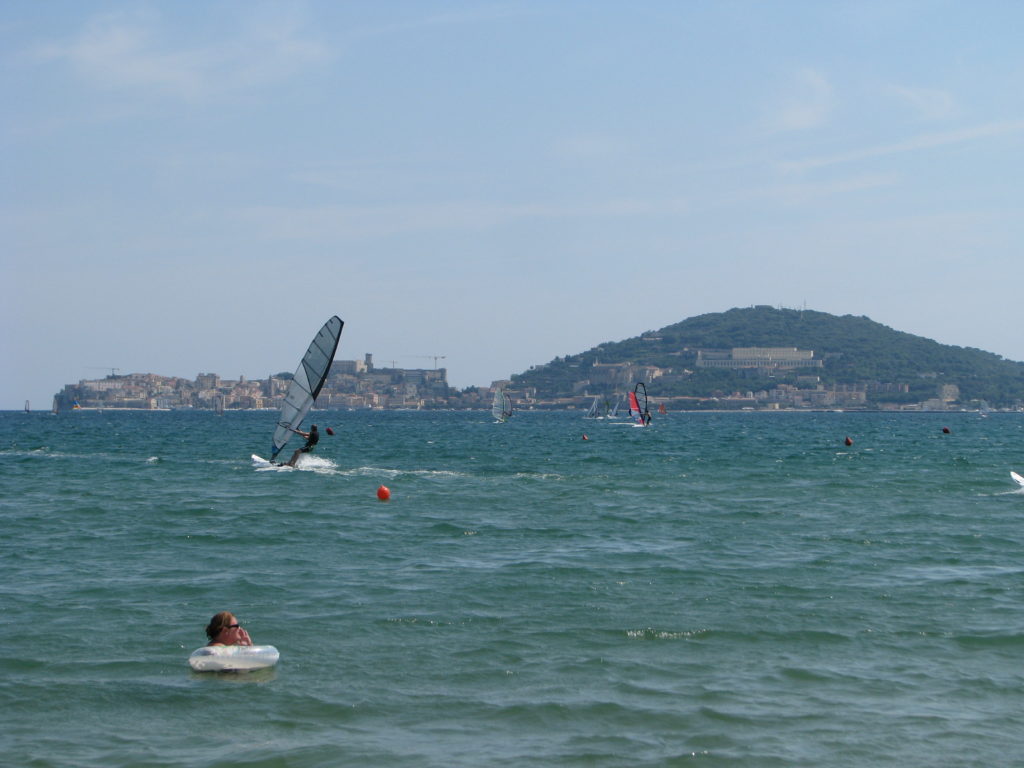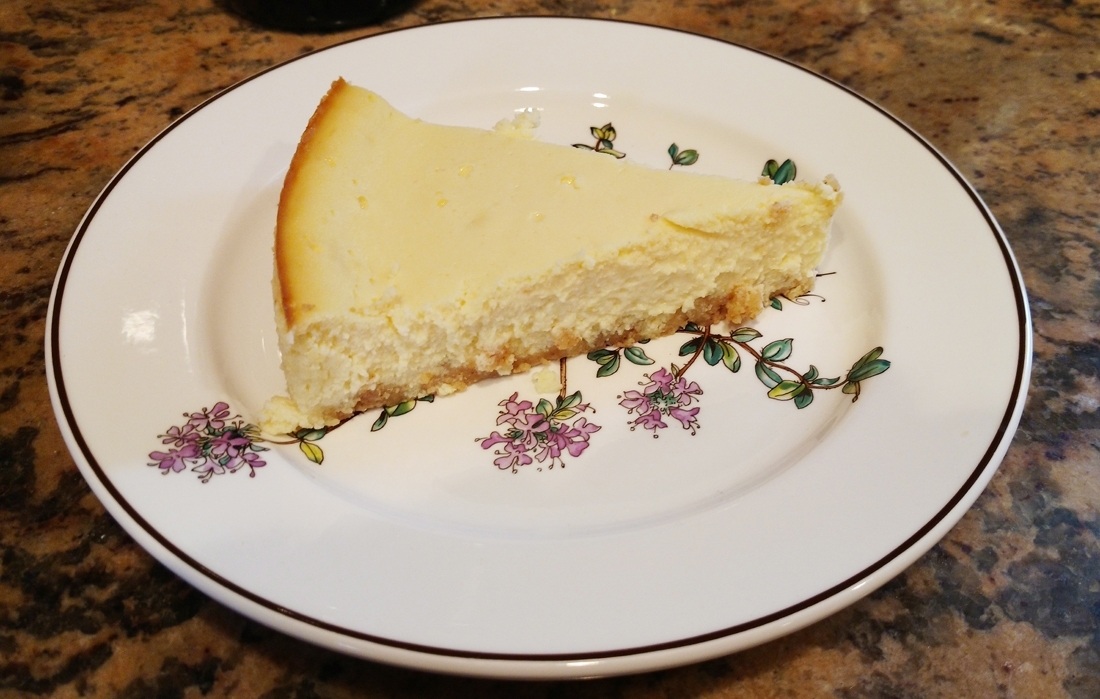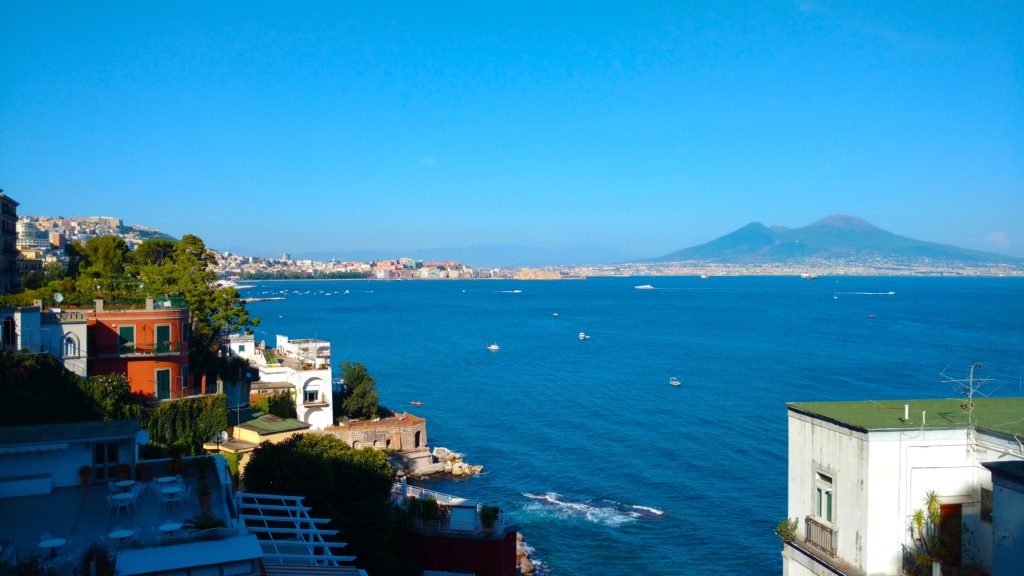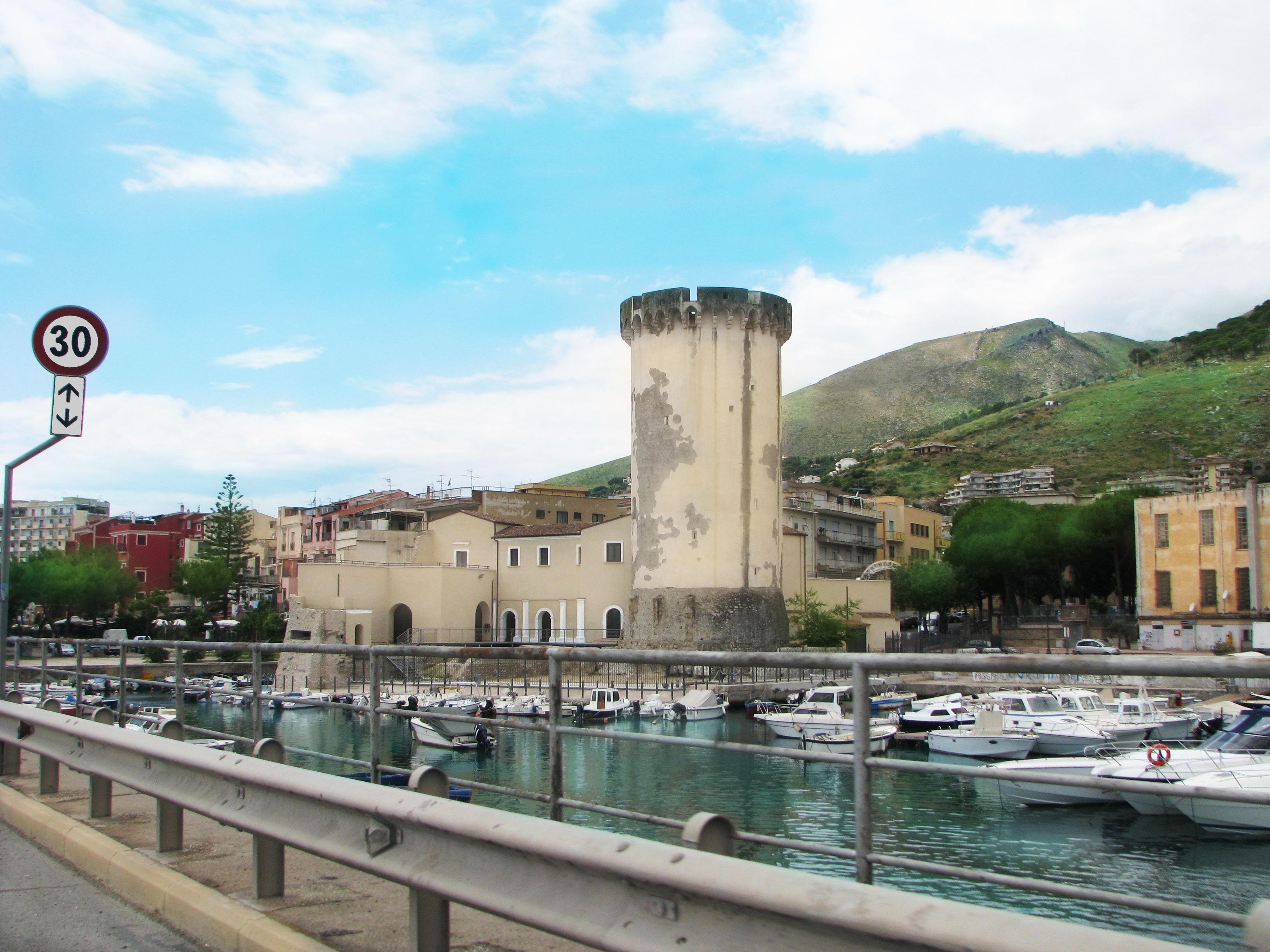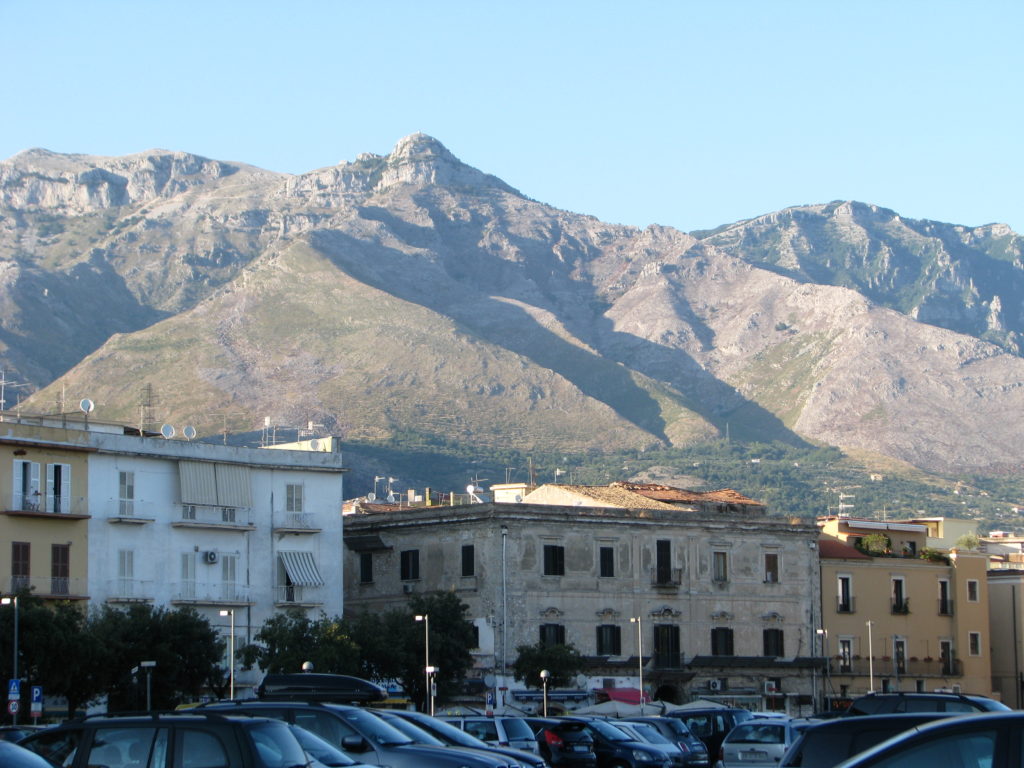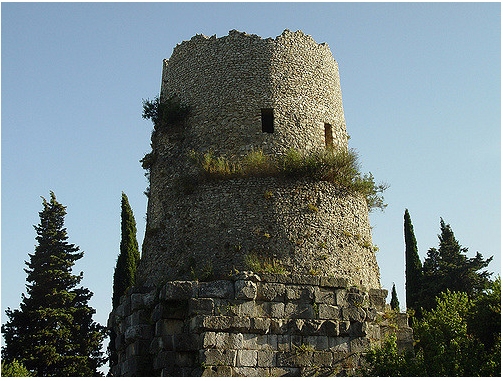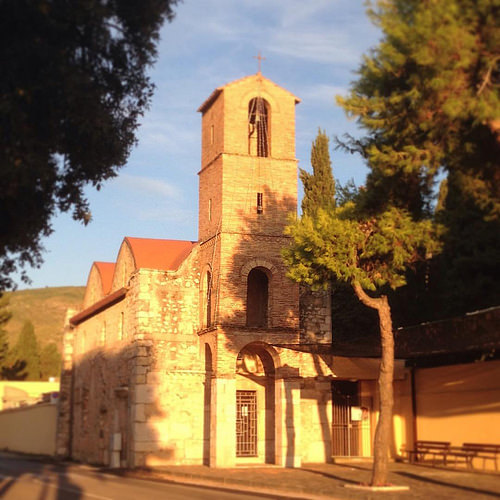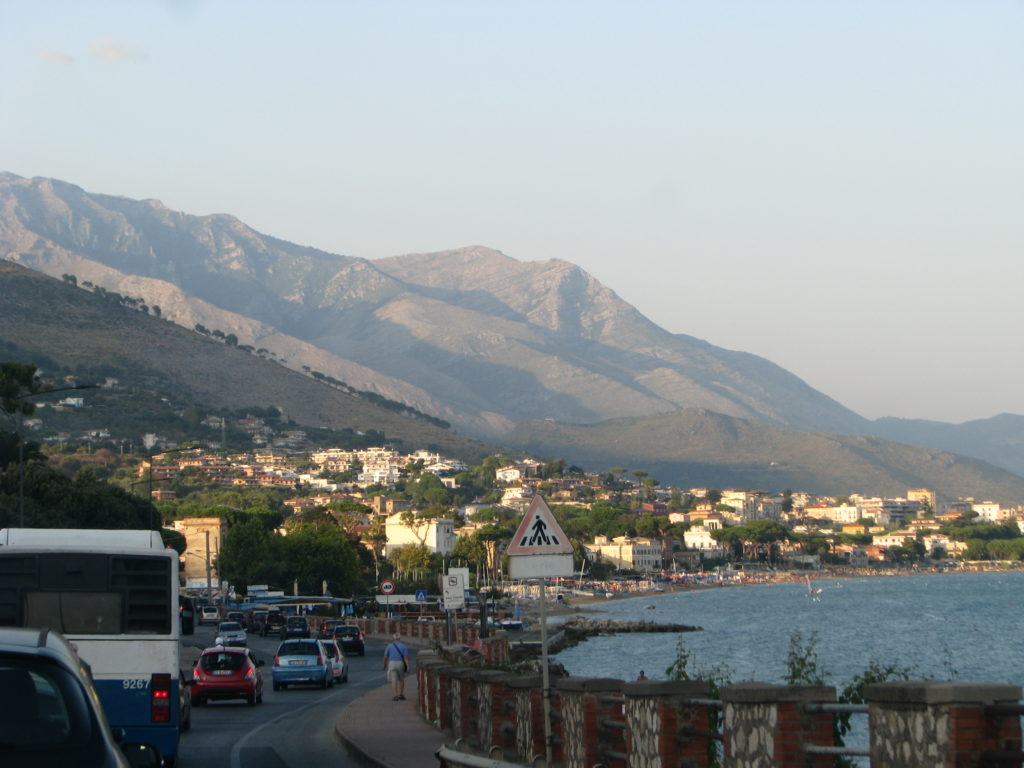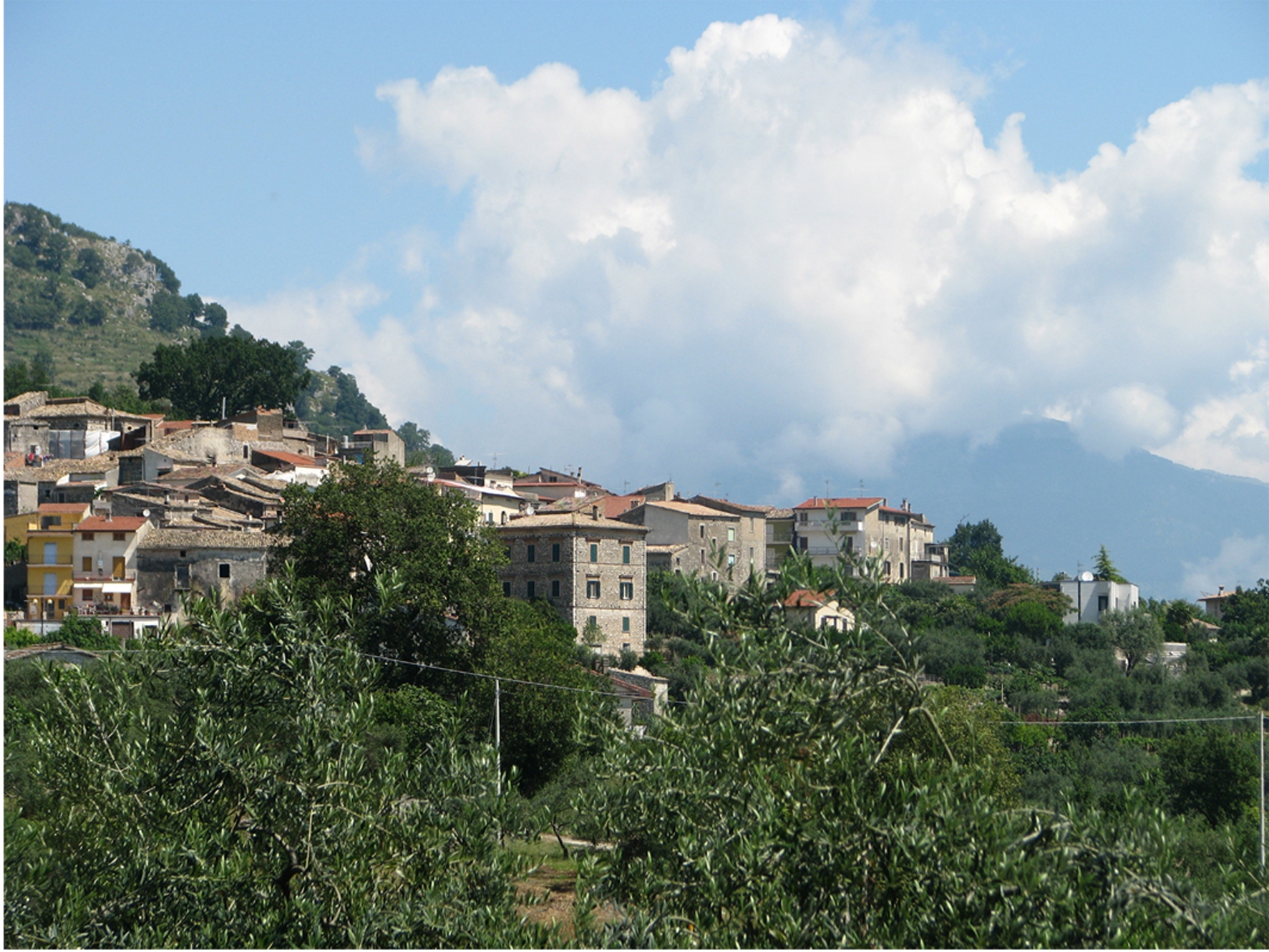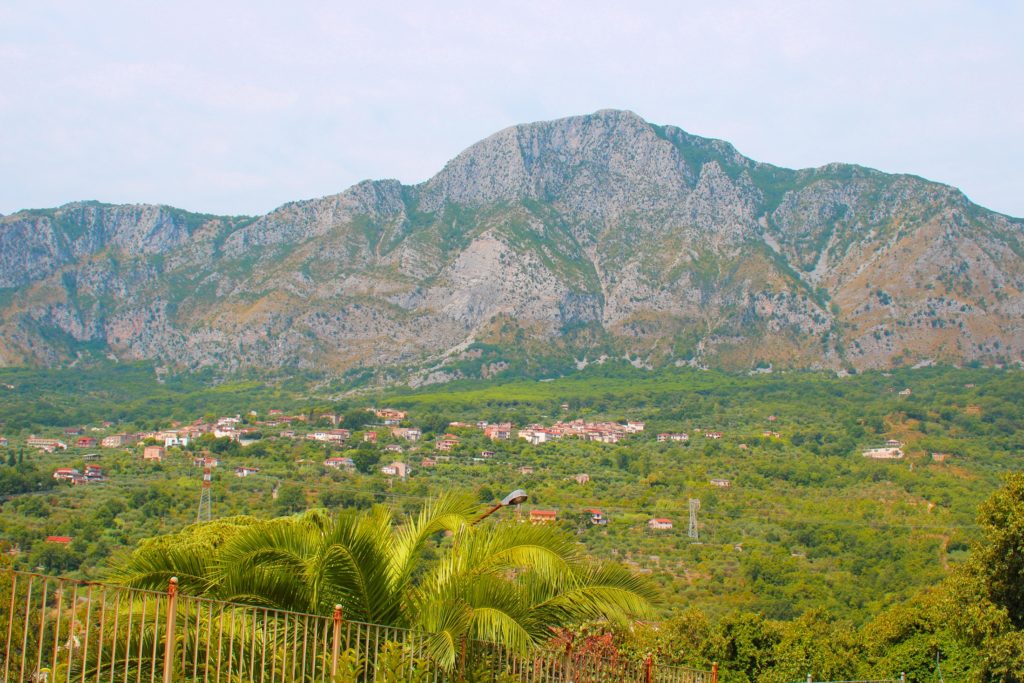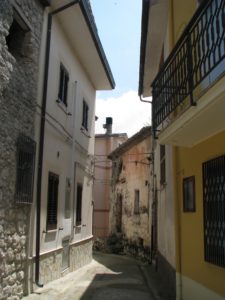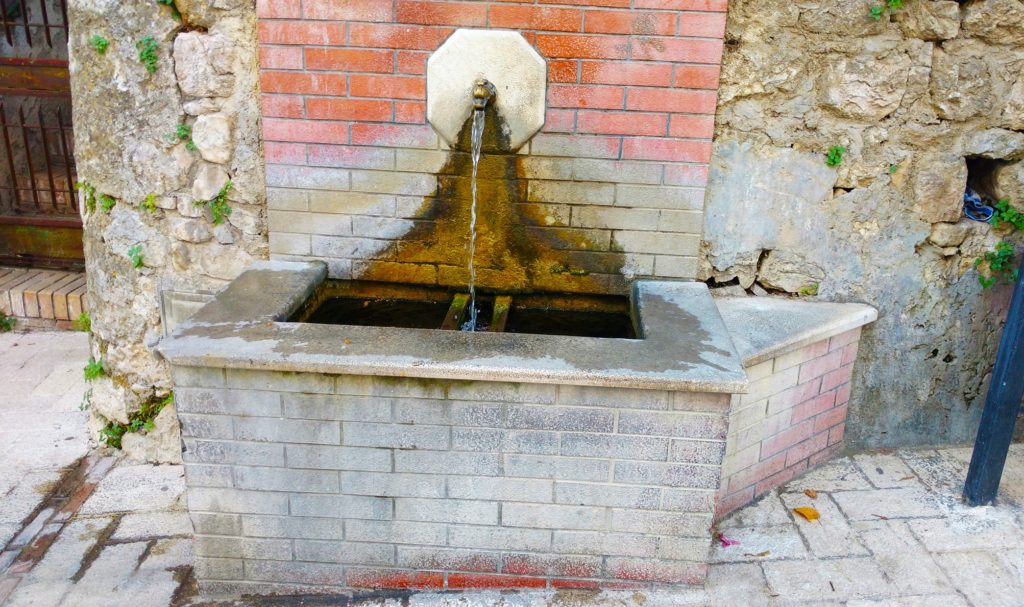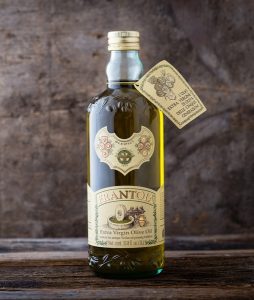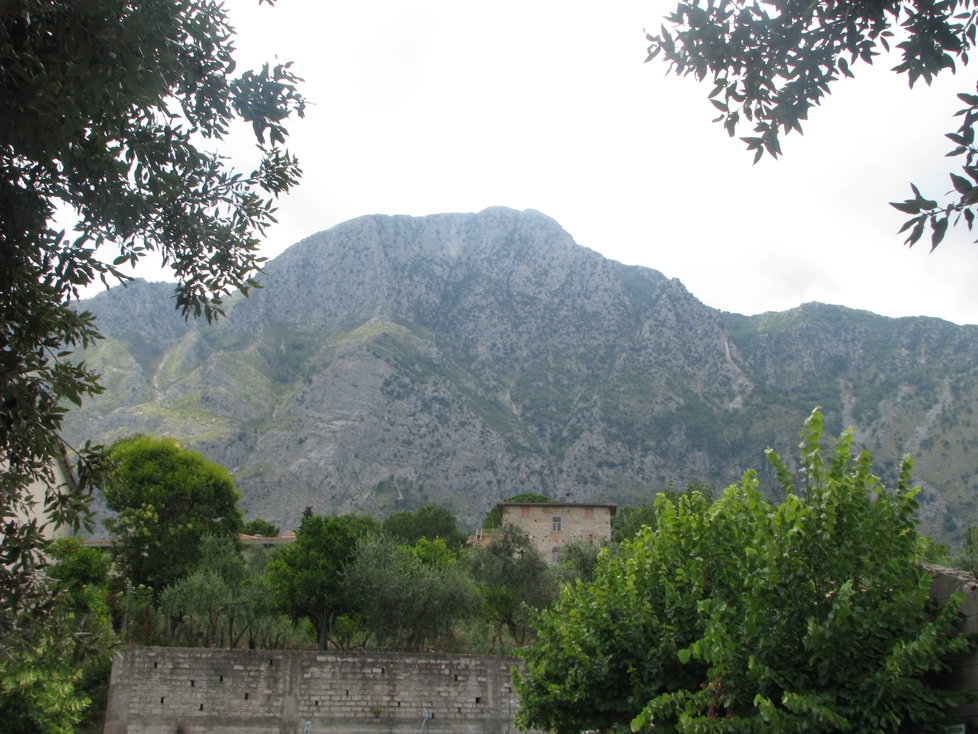(Updated)
Rosemary, or “rosmarinus officinalis”, is one of the most versatile herbs. Not only is it used in cooking, but also in beauty products such as soaps and shampoos, for its health benefits, and even for pest control in gardens.
It has a wonderful aromatic flavor that takes me back to when I was a little girl, in my Nonna’s kitchen in Selvacava, waiting patiently for Sunday dinner to be ready (which was always in the afternoon), that smell of chicken legs cooking in garlic, wine and, of course, rosemary, wafting through the air along with homemade bread baking in the brick oven which was in a hole in the wall.
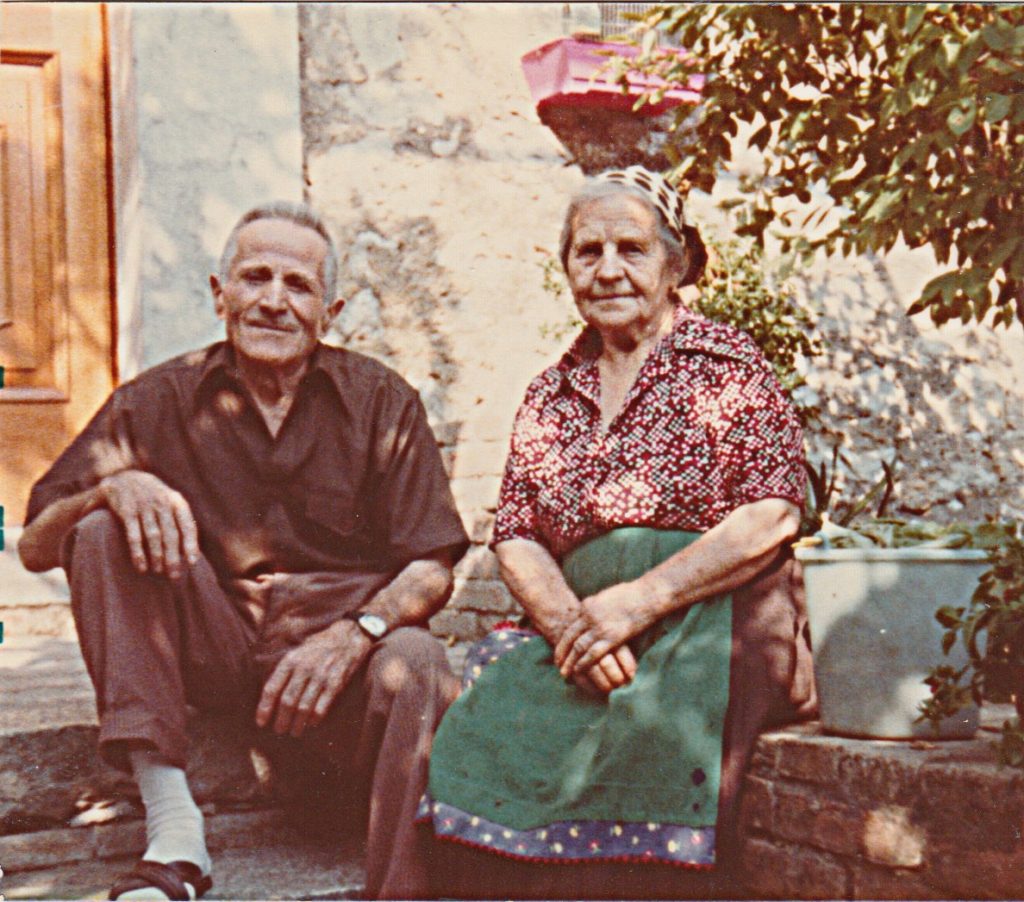
My Nonno and Nonna – my grandfather and grandmother
Rosemary is an evergreen herb that is native to the Mediterranean. It is a member of the mint family. It looks like a small pine tree with silvery green needle-like leaves, and usually has small bluish purple flowers when it blooms.
The Latin name, rosmarinus, means “dew of the sea”. It has been used since ancient times for its medicinal properties such as to alleviate muscle pain and as an anti-inflammatory, in perfumes, and as decorations, and is a good source of calcium, vitamin B6, and iron. Studies have also shown that it can boost the immune system, improve digestion, and even inhibit tumor growth and cancerous cells. In fact, researchers at Sapienza University in Rome studied the population of a small seaside village in Italy, Acciaroli, to determine why so many of them (1 in 10) have lived to be 100 or more years of age. They found that one thing they have in common is their high consumption of rosemary and they believe that plays a big part of it. (http://www.news-medical.net/, http://www.independent.co.uk/, https://www.nytimes.com/) The study has shown that the people of Acciaroli have a low level of the hormone adrenomedullin which is causing a widening of blood vessels, therefore improving circulation. (Of course they also take long hikes and live a healthy lifestyle by eating food they’ve grown themselves organically.)
I just love the way it tastes. I have been known to eat sprigs of rosemary that were cooked in my dish. My husband and son on the other hand complain that I put too much in my cooking. It does have a strong taste and should be used sparingly. It goes well with chicken dishes, potatoes, and in tomato sauce.
Subscribe to my blog and get more recipes and posts delivered right to your inbox!

